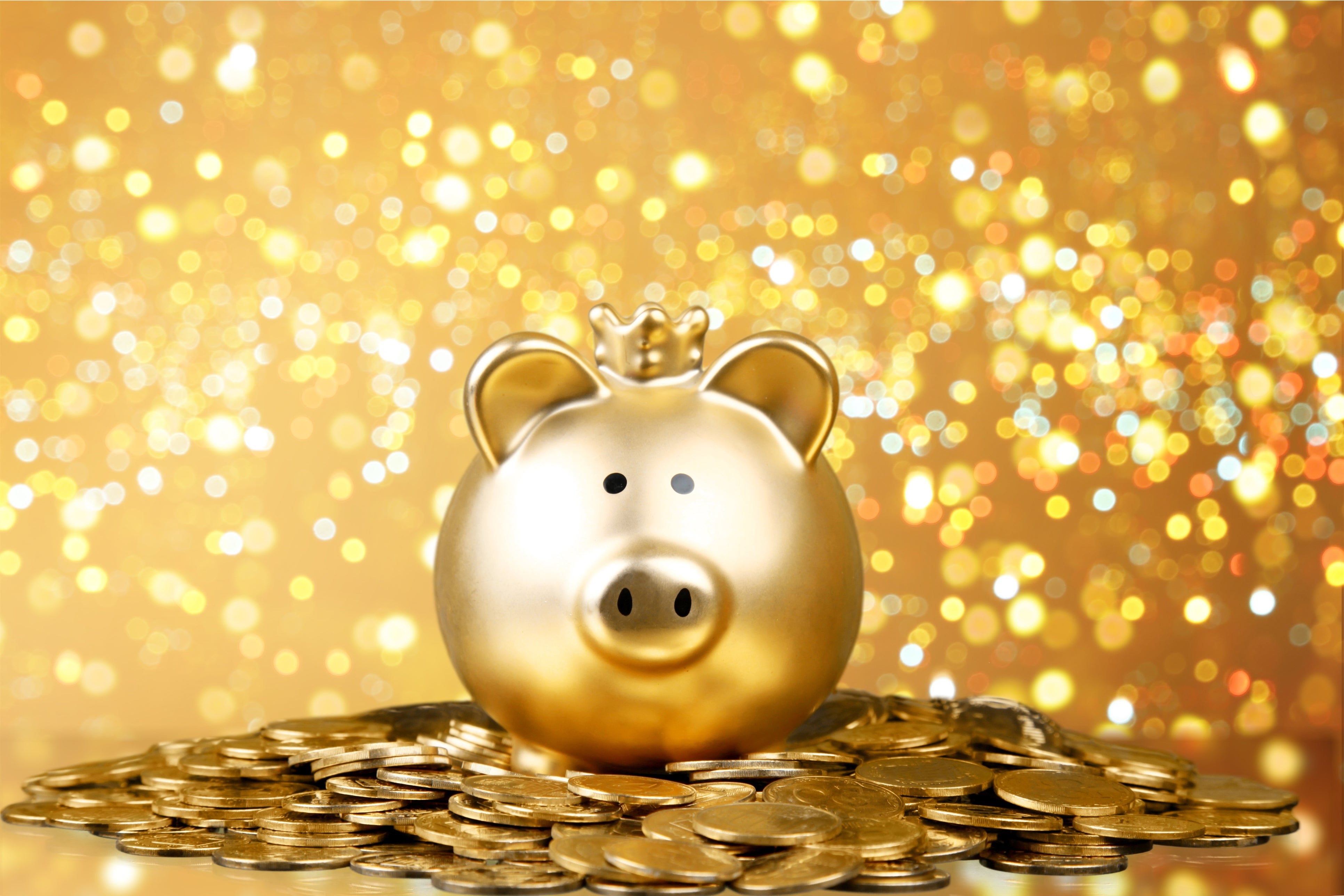The Independent's journalism is supported by our readers. When you purchase through links on our site, we may earn commission.
God save the King, for giving us such pretty dosh!
Climate change and loose change combine to send out an important message, but Will Gore wonders how many people will even use the new coinage


Coins were a very important part of my childhood. When I was five or six, I was occasionally given pocket money – it was irregular and the amount varied. It might be 10p, perhaps a chunky twenty. A giant 50 pence piece was a rare thing indeed; and I’d probably have to wait for a birthday to see some gold pounds.
Weekly handouts became a thing when I was about seven, as my football sticker habit began to kick in. A few years later, when my brother and I were old enough to go to the local convenience store on our own, we’d nag a parent for our dosh early on Saturday morning – up to a quid then – and proceed to spend most of it on sweets, chocolate bars, crisps and fizzy drinks. I would put any change straight in my money box.
It wasn’t just the spending power of money I enjoyed, however; I liked coins as objects. I liked to check dates and designs, delighted by the really new and the weirdly ancient. (I still check coppers now, just to see if they pre-date me.)
Years ago, my mother kept a handful of British coins from the pre-decimalisation era in a box, and I would occasionally tip them out to marvel at the giant pennies, the cute little wren on the back of a farthing, and the fancy 12-sideed thruppenny bit. There were foreign coins in there too, from all over Europe; some enormous, others tiny, and even the odd one with a hole in the middle. These mundane objects were a link to distant times and exotic places.
Unsurprisingly, therefore, the unveiling of a new collection of British coins by The Royal Mint this week gave me a flutter of excitement. Adorned with images of flora and fauna, in keeping with King Charles’s interest in the natural world, the new designs are a delight. A red squirrel on a 2p?! Lovely! A capercaillie menacing the reverse of a 10 pence piece?! Splendid! I can’t wait to get my hands on them.
But what will my children make of the new coinage? A few years ago, my daughter became interested in the set of 50 pence pieces bearing images of Beatrix Potter characters. Even then though, we were using cash less often – just like everyone else. In 2022, fewer than a million consumers in the UK mainly used cash for their shopping. Now, weeks can go by when I don’t buy anything with physical money. Only my barber remains resolute in not accepting cards.
Since my daughter became a teenager and gained a bank account, I stick 15 quid in there every month by standing order and don’t have to worry about handing over a couple of coins each week. My son sometimes reminds me that I should give him 75p, but he’s as likely to forget as I am – and when he does remember, I often discover I don’t have any actual dough on me. In any case, having grown up in a largely cashless world, he tends simply to rely on the fact that once a month I’ll use my debit card to buy him a magazine or some football cards to make up for the lack of brass.
Maybe none of this matters. I used to count my coins regularly as a kid, and was like the strange love-child of Gollum and Scrooge in my all-consuming delight at the fact that I had a precious £7.47 that was mine and mine alone. I’m not sure that is a particularly charming characteristic, so maybe it will be as well if my offspring aren’t quite so neurotic about what they have in they piggy banks.
Similarly, while I have an instinctive belief that handling coins and notes somehow helps you to understand how to value and manage money, I expect that my kids will be far more numerate than I was, thanks to their ability to deploy technology to their advantage.
But still, I want them to experience the joy of holding in their hand a 50p with a salmon on it, or a quid embossed with two bees – especially if coins are to become nearly as endangered as the species they bear.



Join our commenting forum
Join thought-provoking conversations, follow other Independent readers and see their replies
Comments